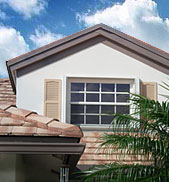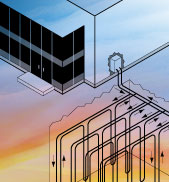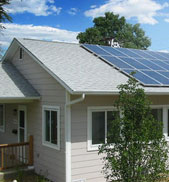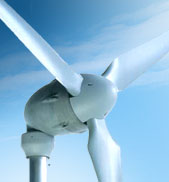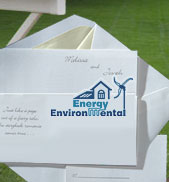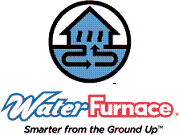LEED For Homes
What is LEED?
LEED stands for The Leadership in Energy and Environmental Design Green Building Rating System which was designed to encourage, develop and expand sustainable green building practices through a national and international standard of criteria. It is a third party certification program, accepted nationally, with ongoing development by professionals involved in the green building industry and overseen by the US Green Building Council (USGBC).
LEED provides a benchmark for the design, construction, and operation of high performance sustainable buildings, ranging from small residential homes to large commercial buildings and multi building campuses. Specific types of LEED projects include operation and maintenance of existing buildings, commercial interiors, core and shell, schools, retail, healthcare, homes, and neighborhood development. In each case, LEED promotes a whole-building approach to sustainability by focusing on five key areas of human and environmental health. These include sustainable site development, water conservation, energy efficiency, materials selection, and indoor air quality. LEED homes have lower energy and water bills, reduced greenhouse gas emissions, and fewer problems with indoor pollutants.
Who Uses LEED?
Building industry professionals, including builders, contractors, architects, interior designers, and engineers along with homeowners, lenders and government officials are using LEED guidelines to create new and transform old to sustainable buildings. Additionally, state governments concerned about the environment have implemented climate action plans, which involve LEED certification of government and state buildings. LEED is an international system, with many new and ongoing projects in developing and established countries worldwide.
What Does LEED Home Cost?
People’s first impression upon hearing of LEED home certification is that it is very expensive. Not True. The following is a brief example of the monthly net cost of ownership of a LEED home provided by the US green building council [1] .
Owning a LEED Certified Home does not cost any more than owning a conventional home when you factor in the energy and water savings. LEED certified homes save 30% of water and 15-20% of energy, which averages out to about $70 per month in utility bill savings.
The typical cost of an entry level LEED home is about 3 to 5 percent higher than a conventional home – which translates to about $2 per day. For an average priced $300,000 new home, this means a cost increment of about $10,000 for the additional green measures (including the verification costs) – which translates into an increase in the monthly mortgage of approximately $70 per month. The increase in the cost of the monthly mortgage payment for the LEED certified home is about the same as the monthly utility bill savings. So a home buyer can purchase a new home that is built to meet the minimum building code, or they can chose a LEED Home with all of its benefits, and on a monthly cost of ownership basis, the two homes cost the same. For more information, visit the USGBC at www.usgbc.org.
More Information:
USGBC The Green Home Guide
LEED for Homes FAQ for home buyers
- US Green Building Council, Energy Performance in LEED for Homes http://www.healthyhouseinstitute.com/a_732-Energy_Performance_in_LEED_for_Homes
For information on or our LEED for Homes certification services, please visit our products and services section.


